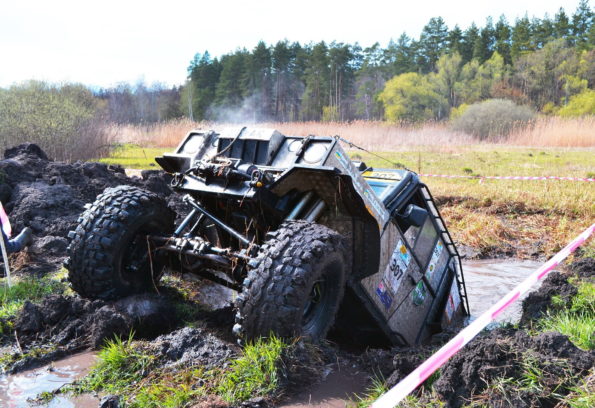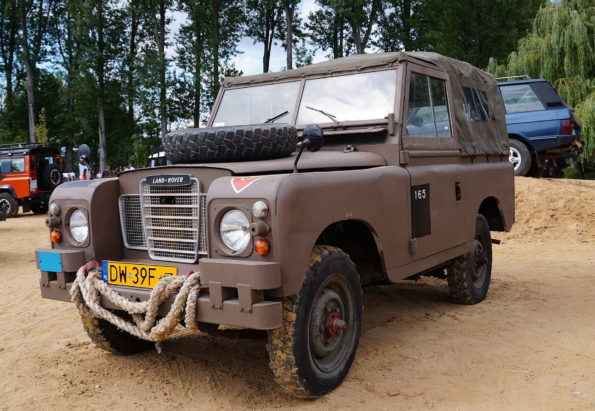If you’re interested in getting into some off-road driving, there are some features that are important to have on your vehicle.
Four-wheel drive
You’ll soon get stuck if you don’t have four-wheel drive, and it’s preferable if your four-wheel-drive system has a diff-lock function, otherwise it’s basically a two-wheel-drive (one at the front and one at the back) if you get beached. A lockable diff gives you three wheels providing power. Four-wheel-drive is a misnomer: the differentials at the front and rear mean that if you lift one wheel at the front and back, they will both spin while the other two have no rotational force at all.
Off-road tyres
Road tyres will fill up with mud quickly and you’ll have no grip. Off-road tyres are designed to shed the mud quickly. They have wider, deeper grooves that bite into mud.
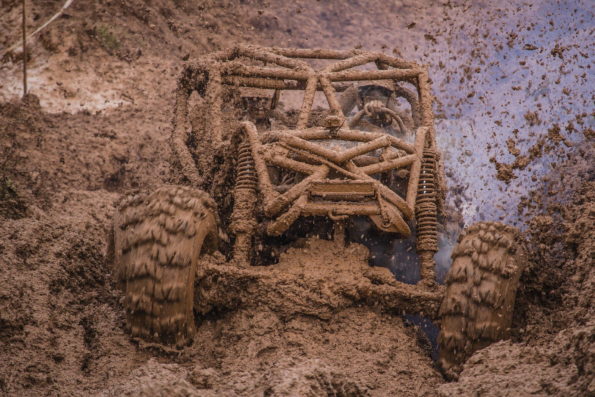
Off-road suspension
If you’re in the serious rough stuff, your suspension will need to have sufficient height so that you don’t get beached on minor humps, and you don’t bottom out and damage the underside of your vehicle.
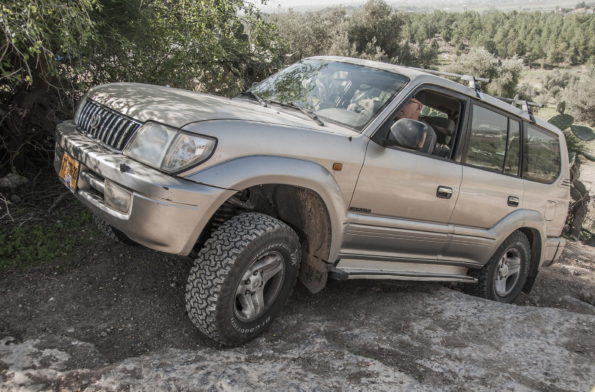
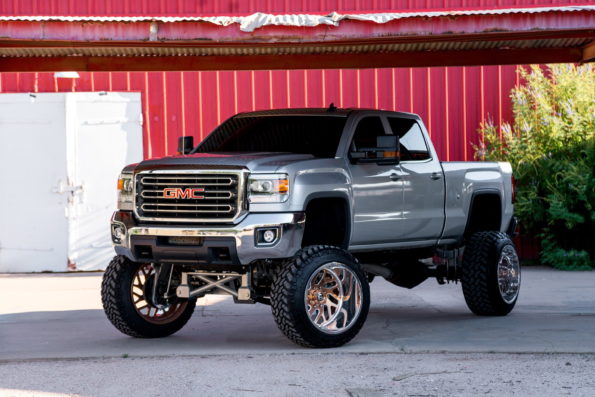
Suspension articulation is important. This is the ability for the suspension to keep as many wheels on the ground as possible at any one time.
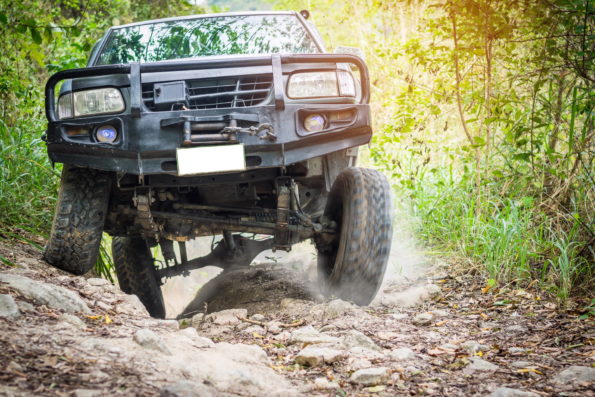
Tools and emergency gear
You will have breakages. It is inevitable. A good tool kit and some common spares is essential.
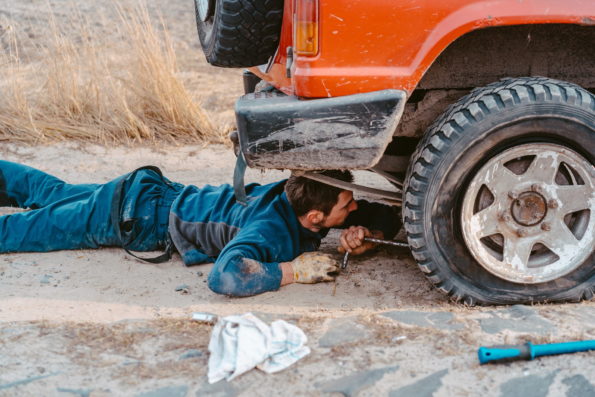
You will get stuck occasionally so a good, strong towing strop is important.
Keep a strong D shackle rated to tow the weight of your vehicle. Always tow using the designated towing points.
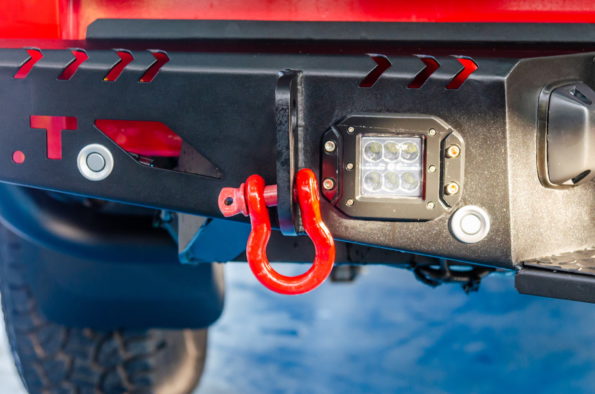
A winch is optional, but handy if you’re mostly adventuring on your own. You can attach it to something solid, like a rock or tree, and have it give you extra pulling force to get unstuck.
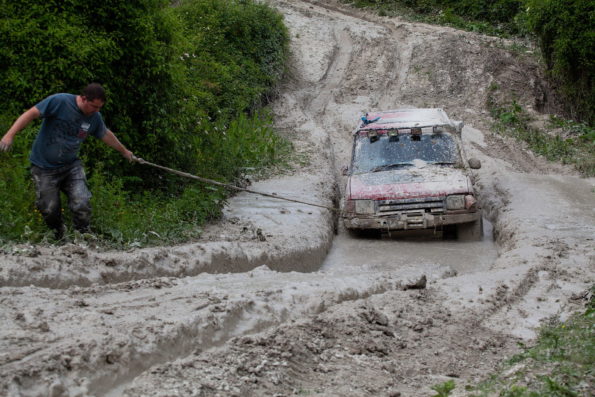
Snorkel
For river crossings, you’ll need a snorkel if it’s deeper than the air intake on the engine.
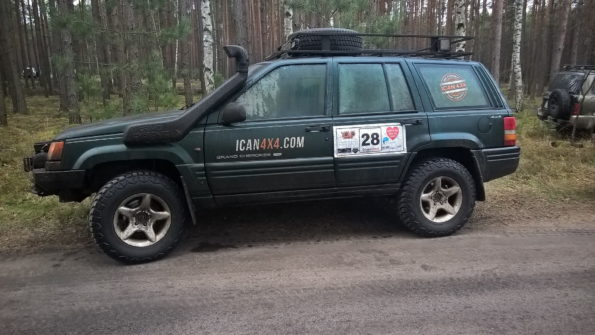
Bull bars
If you’re bashing through the bush, you can save your paintwork with some bull bars and other protective tubing.
Buy the size suitable for your requirements
Hardcore off-road vehicles tend to have a short wheelbase with the wheels at each corner as this gives the best approach and departure angles (the angle of slope you can ascend from a flat surface without the front bumper hitting the slope and the angle of slope you can leave without the back bumper hitting the slope.
